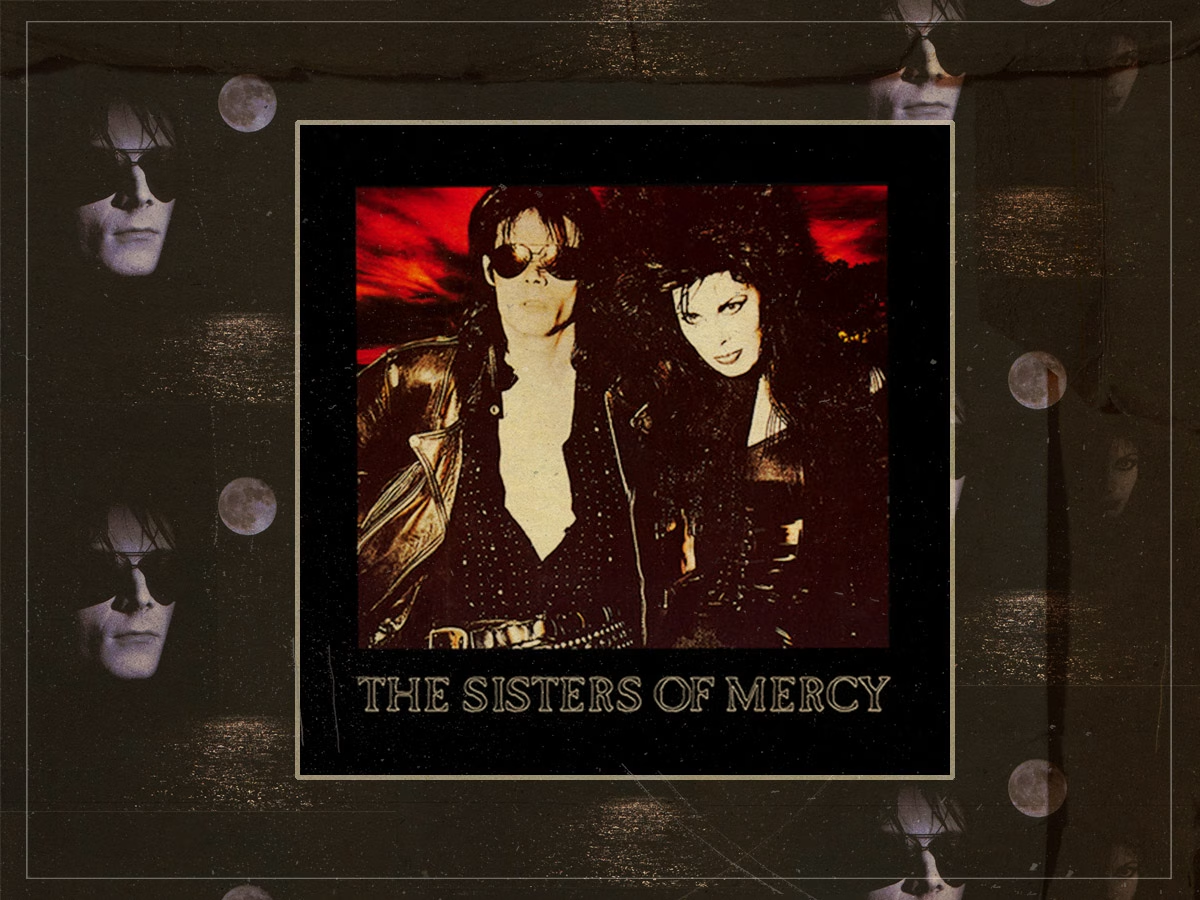While The Sisters of Mercy have always described themselves as a rock and roll band, their impact on the UK gothic subculture is undeniable. Led by Andrew Eldritch, who has been the driving creative force since their inception in 1980, they have consistently epitomized the darkwave movement. Their unique sound—characterized by intricate post-punk riffs, crisp drum machine beats from Doktor Avalanche, and Eldritch’s deep, resonant voice—gained them a devoted following among the goth underground throughout the 1980s.
Some musicians take their art seriously but not themselves. The Sisters of Mercy fit into a lineage of artists like Frank Zappa and Devo, who mixed humor with their gothic theatrics. With influences ranging from glam rock to the dramatic stylings of Meat Loaf, Eldritch infused their music with catchy pop elements, appearing equally at home in the pages of Smash Hits as he was in NME.
After a series of cult EPs and their debut album, First and Last and Always (1985), tensions within the band began to surface. Creative differences led to the departure of guitarist Wayne Hussey, who went on to form The Mission, while Patricia Morrison left Fur Bible to collaborate with Eldritch in his interim project, The Sisterhood. The Sisterhood’s only album, The Gift (1986), hinted at a new direction for Eldritch, who started exploring electronic textures over conventional guitar setups.
Eldritch envisioned a grand vision for The Sisters of Mercy, retaining Morrison as a crucial visual element for their new phase. Floodland (1987) marked a significant evolution, characterized by lavish production values and ambitious conceptual themes. The album’s standout track, “This Corrosion,” exemplified this shift. This nearly 11-minute powerhouse combines elements of pop and rock while addressing themes of Cold War tensions and even poking fun at Hussey’s songwriting style.
The stunning production was achieved at New York’s Power Station, where famed songwriter Jim Steinman added his signature dramatic flair. His influence extended to the production budget, allowing for a stunning 40-piece choir to accompany the single. The result was a massive track that perfectly blended cinematic pop with a brooding undertone, making “This Corrosion” their biggest hit.
The song not only reached the UK Top Ten but also cemented Floodland‘s commercial success while captivating the alternative music scene. The subsequent album, Vision Thing (1990), returned to a more guitar-centric approach, but “This Corrosion” remains The Sisters of Mercy’s most significant and transformative release, redefining the genre and showcasing the fun and theatrical side of rock and roll.













